AI and Architectural Design: Present and Future
Introduction
Artificial intelligence (AI) is making waves across a broad range of fields, from automating repetitive tasks to tackling creative problem-solving. Architecture is no exception. What used to be simple computer-aided drafting (CAD) has now evolved into generative design and optimization algorithms that are transforming the entire workflow of architects and engineers. This article explores how AI is bringing innovation to architectural design, as well as the opportunities and challenges that design professionals face.
Background of AI in Architectural Design
Rule-Based Approaches and Shape Grammar
Early research on automated design relied on rules predefined by humans. Shape Grammar, which emerged around the 1970s, demonstrated that even a limited set of rules could replicate the style of a particular architect. One famous example was using basic geometric rules to recreate the floor plans of Renaissance architect Palladio’s villas. However, because these systems only operate within the boundaries of predefined rules, tackling highly complex architectural problems remained difficult..
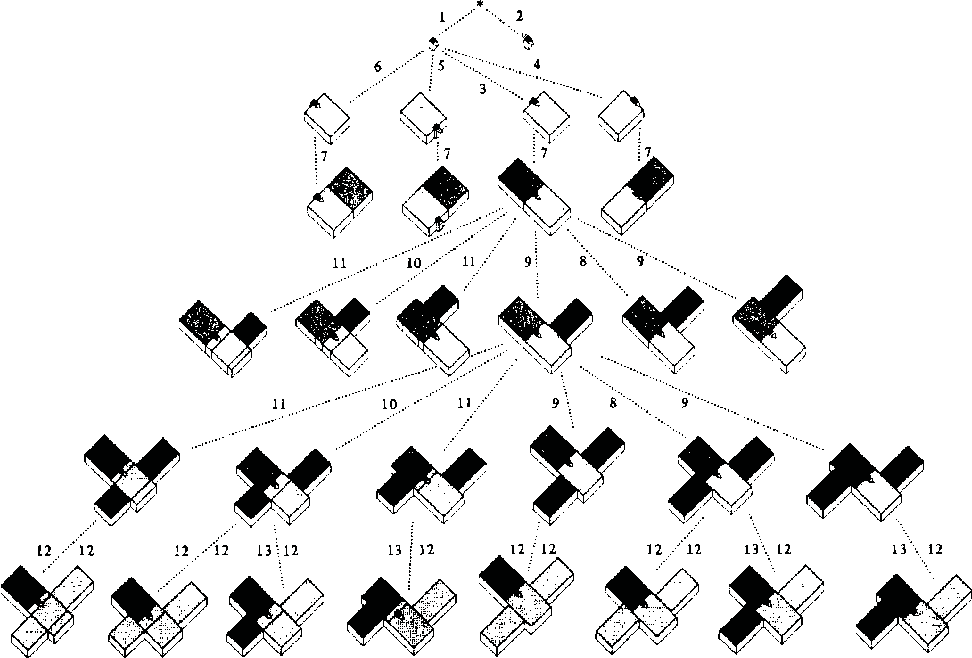
Genetic Algorithms and Deep Reinforcement Learning
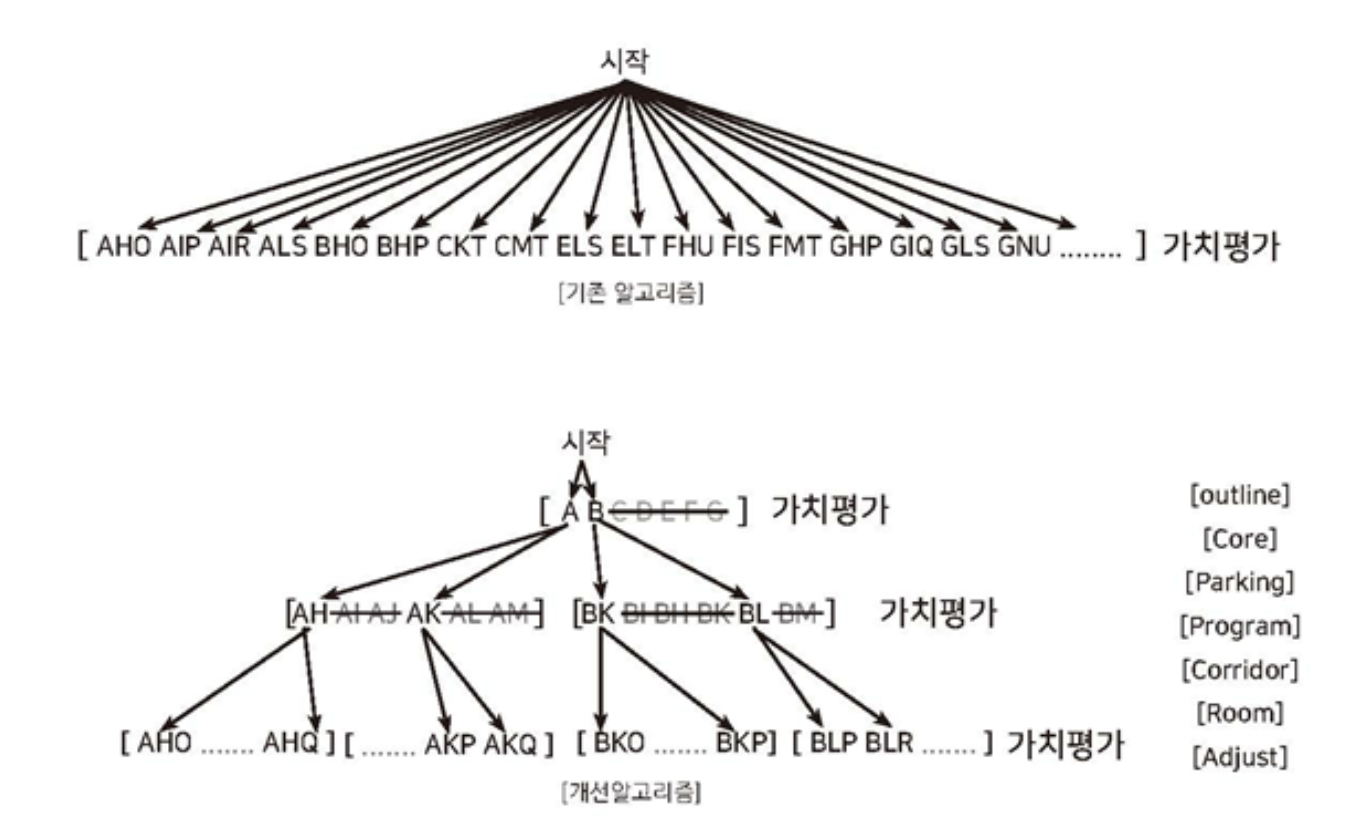
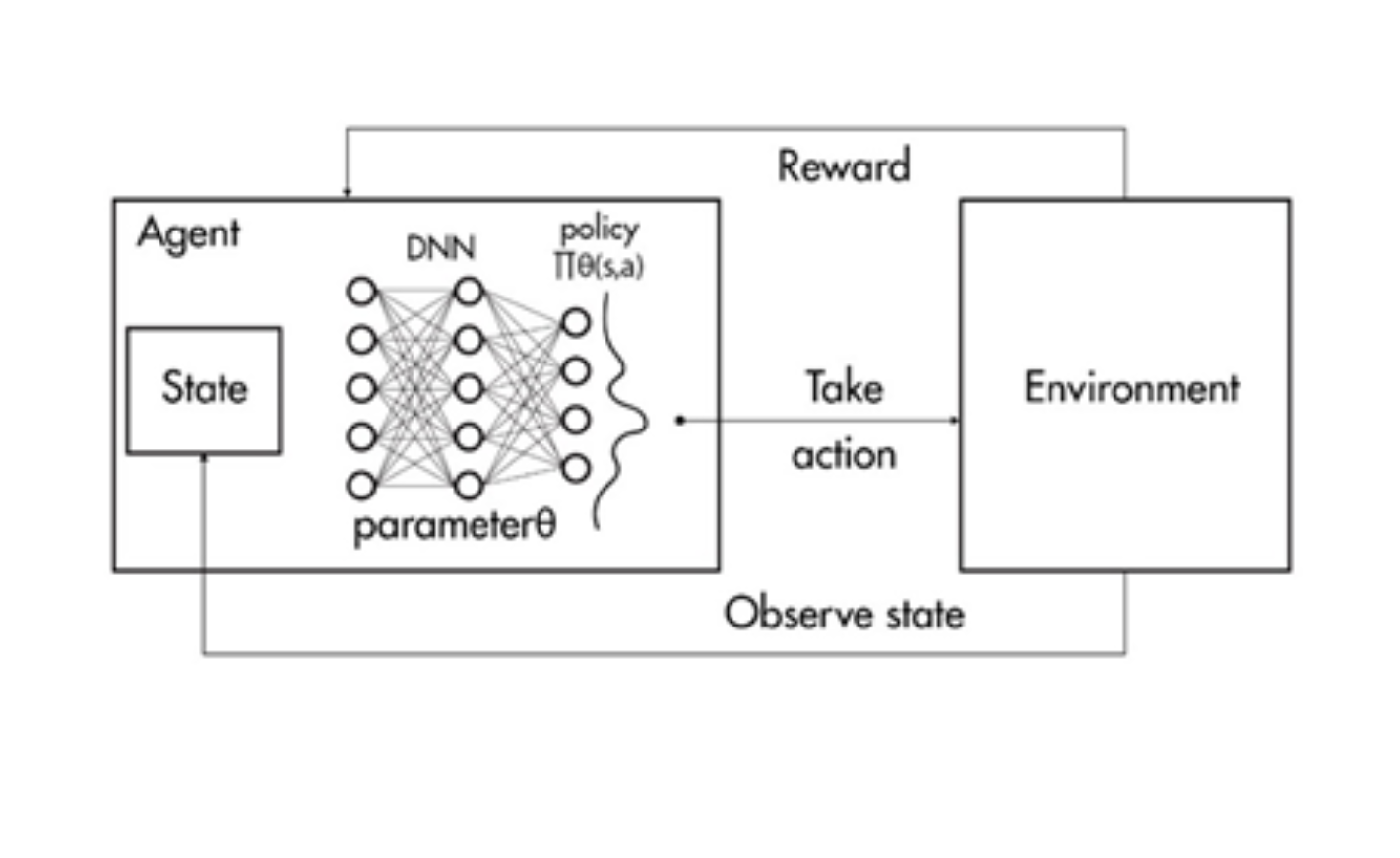
Inspired by natural evolution, genetic algorithms evaluate random solutions, then breed and mutate the best ones to progressively improve outcomes. Although they are powerful for exploring complex problems, they become time-consuming when many variables are involved. Deep reinforcement learning, popularized by the AlphaGo AI for the game of Go, learns policies that maximize rewards through trial and error. In architecture, designers can use these techniques to create decision-making rules based on context—site shape, regulations, design forms, and more.
Generative Design and the Design Process
Automating Repetitive Tasks and Proposing Alternatives
Generative design automates repetitive tasks and simultaneously produces a wide range of design options. Traditionally, time constraints meant only a few ideas could be tested. With AI, it’s possible to experiment with dozens—or even hundreds—of designs at once, while also evaluating factors such as sunlight, construction cost, functionality, and floor area ratio.
The Changing Role of the Architect
The architect’s role in an AI-driven environment is to set objectives and constraints for the AI system, then curate the generated results. Rather than merely drafting drawings or performing calculations, the architect configures the AI’s design environment and refines the best solutions by adding aesthetic sense.
The Role of Architects in the AI Era
In 1966, British architect Cedric Price posed a question: “Technology is the answer… but what was the question?” This statement is more relevant today than ever. The core challenge is not “How do we solve a problem?” but rather “Which problem are we trying to solve?” While advances in AI have largely focused on problem-solving, identifying and defining the right problem is critical in architectural design.
Defining the Problem and Constructing a State Space
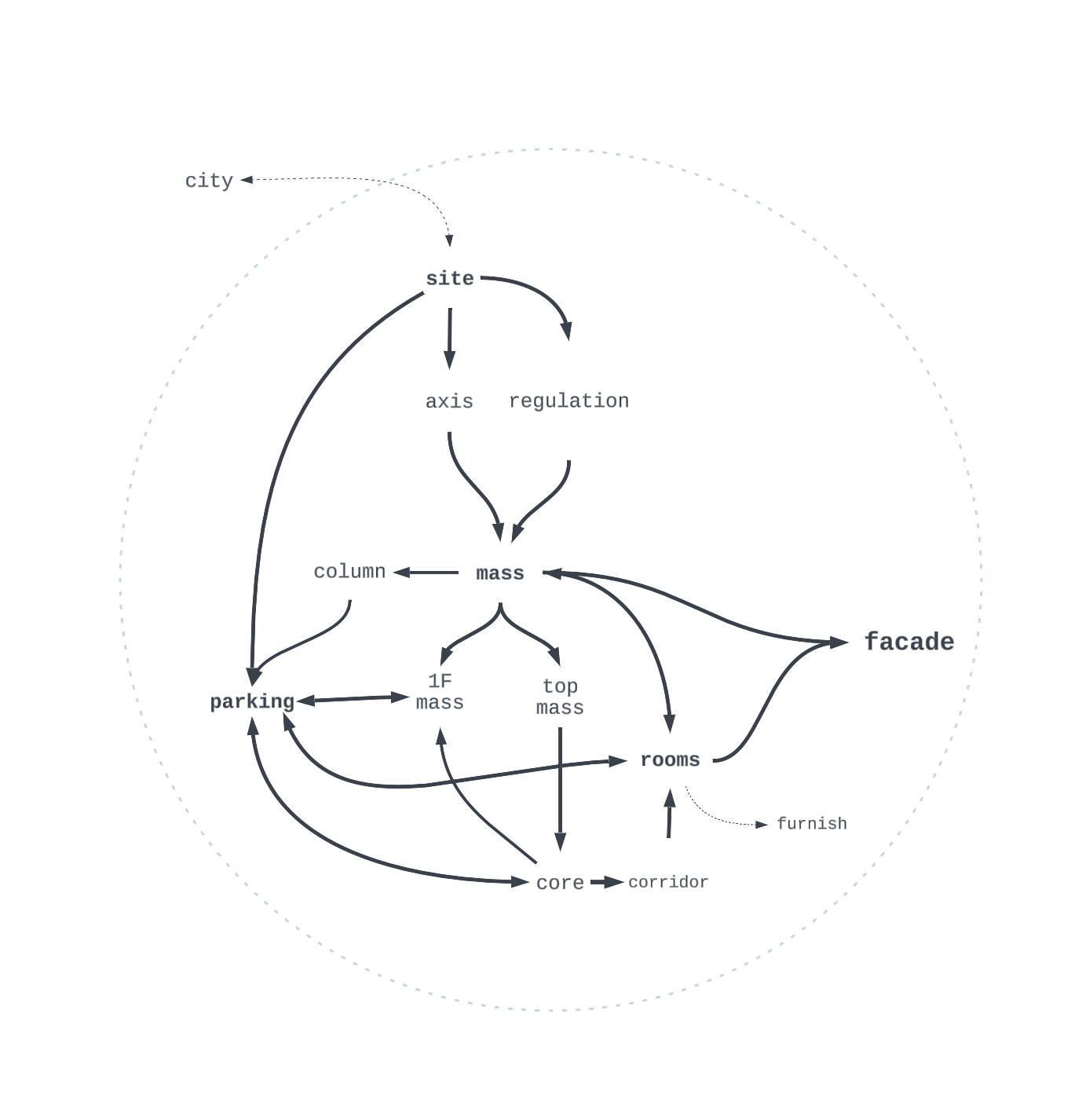
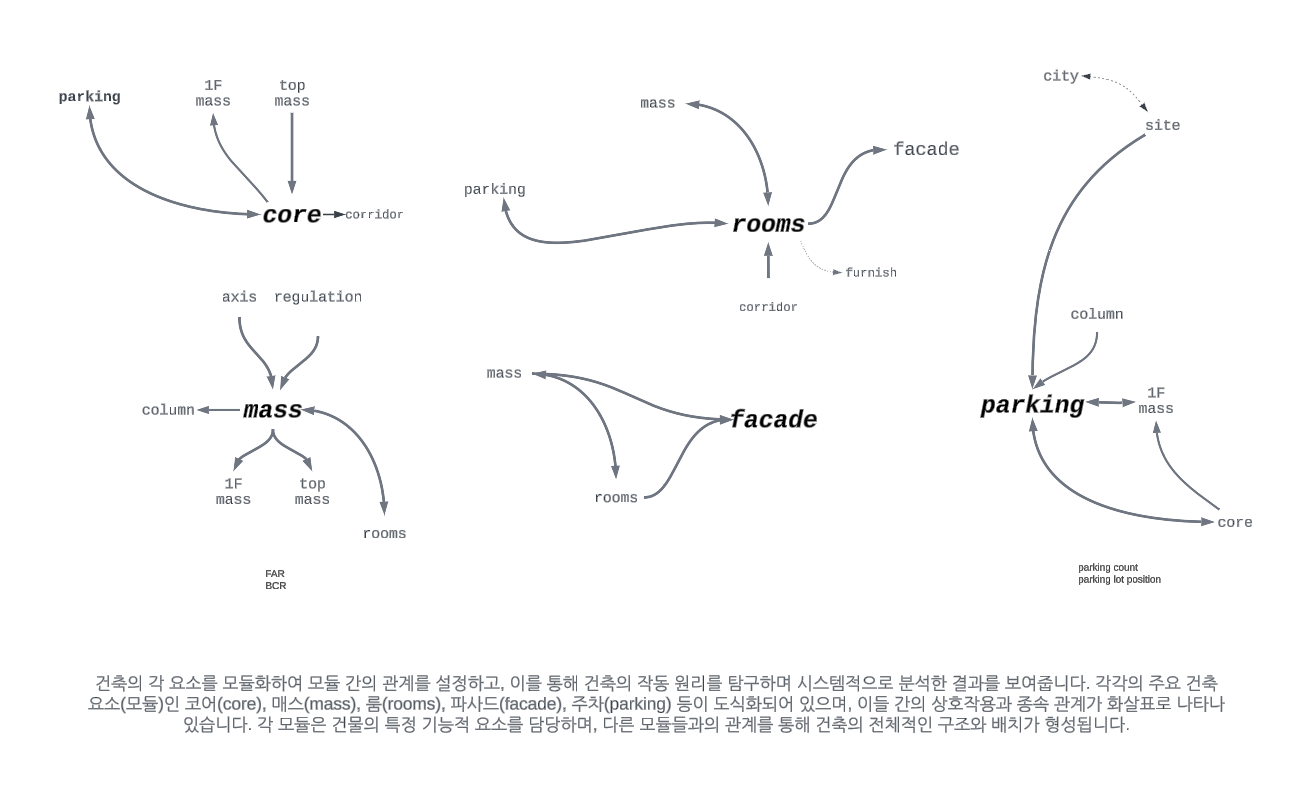
Someone with both domain knowledge and computational thinking is best suited to define these problems. With a precisely formulated problem, even a simple algorithm can suffice for effective results—no need for overly complex AI. In this context, the architect’s role shifts from producing a single, original masterpiece to designing the interactions between elements—that is, shaping the state space. Meanwhile, AI explores and discovers the best combination among countless existing possibilities.
Palladio’s Villas and Shape Grammar
A classic example is Rudolf Wittkower’s analysis of Renaissance architect Andrea Palladio’s villas. Wittkower uncovered recurring geometric principles, such as the “nine-square grid,” symmetrical layouts, and harmonic proportions (e.g., 3:4 or 2:3). While Palladio’s villas appear individually unique, they share particular rules under the hood. Researchers later turned these observations into shape grammar, enabling computers to automatically generate Palladio-style floor plans—demonstrating that once hidden rules are clearly extracted, computers can “discover” new variations by applying them systematically.
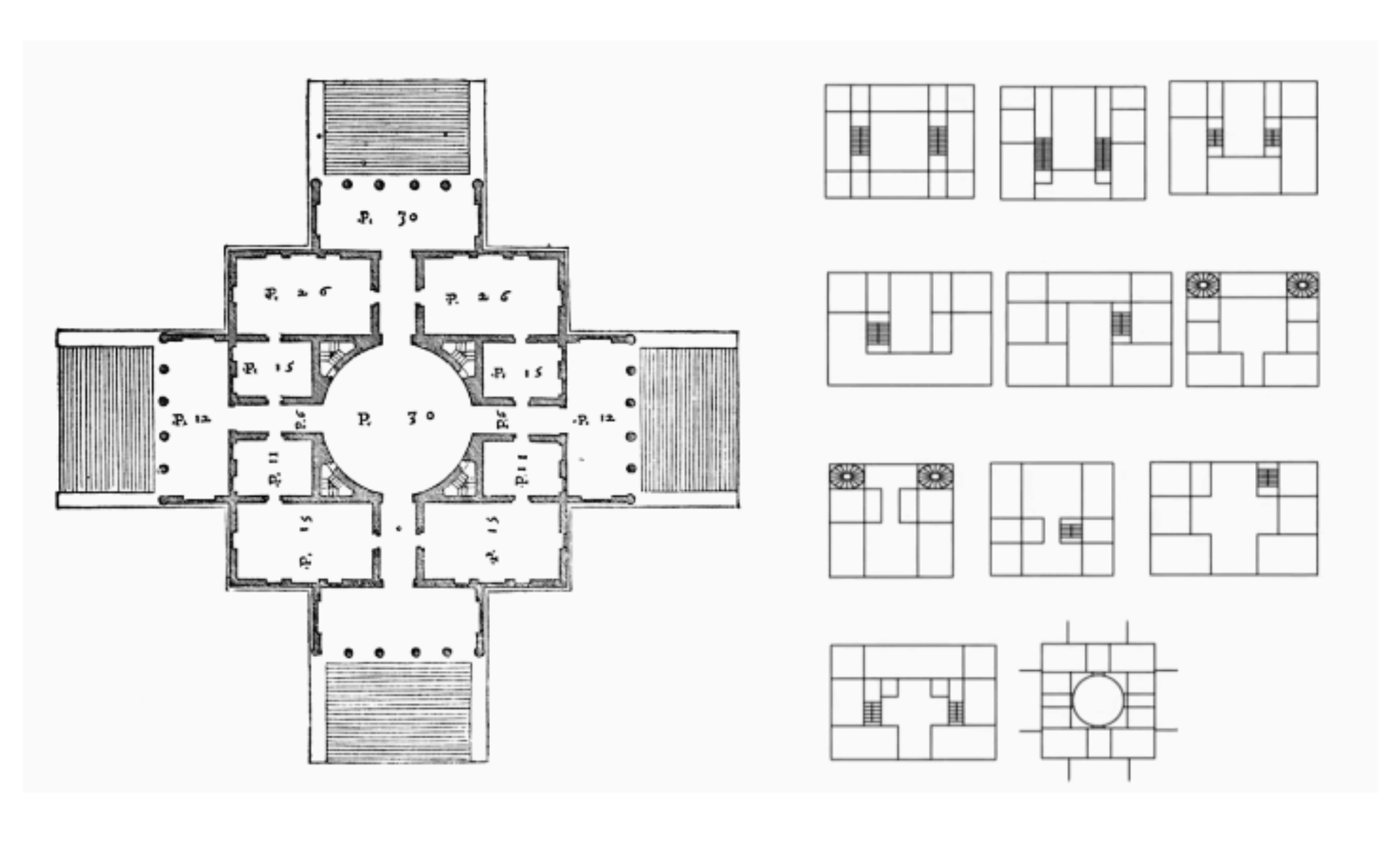
Landbook and LBDeveloper
Spacewalk is a company developing AI-powered architectural design tools. In 2018, they released Landbook, an AI-based real-estate development platform that can instantly show property prices, legal development limits, and expected returns. LBDeveloper, on the other hand, is designed for small housing redevelopment projects—automating the process of checking feasibility and profitability. Simply entering an address reveals whether redevelopment is possible and the potential returns.
AI-Based Design Workflow
LBDeveloper calculates permissible building envelopes based on regulations, then generates building blocks using various grid and axis options. It arranges these blocks, optimizes spacing to avoid collisions, and evaluates efficiency using metrics like the building coverage ratio (BCR) and floor area ratio (FAR). The final step is choosing the best-performing design among the candidates.
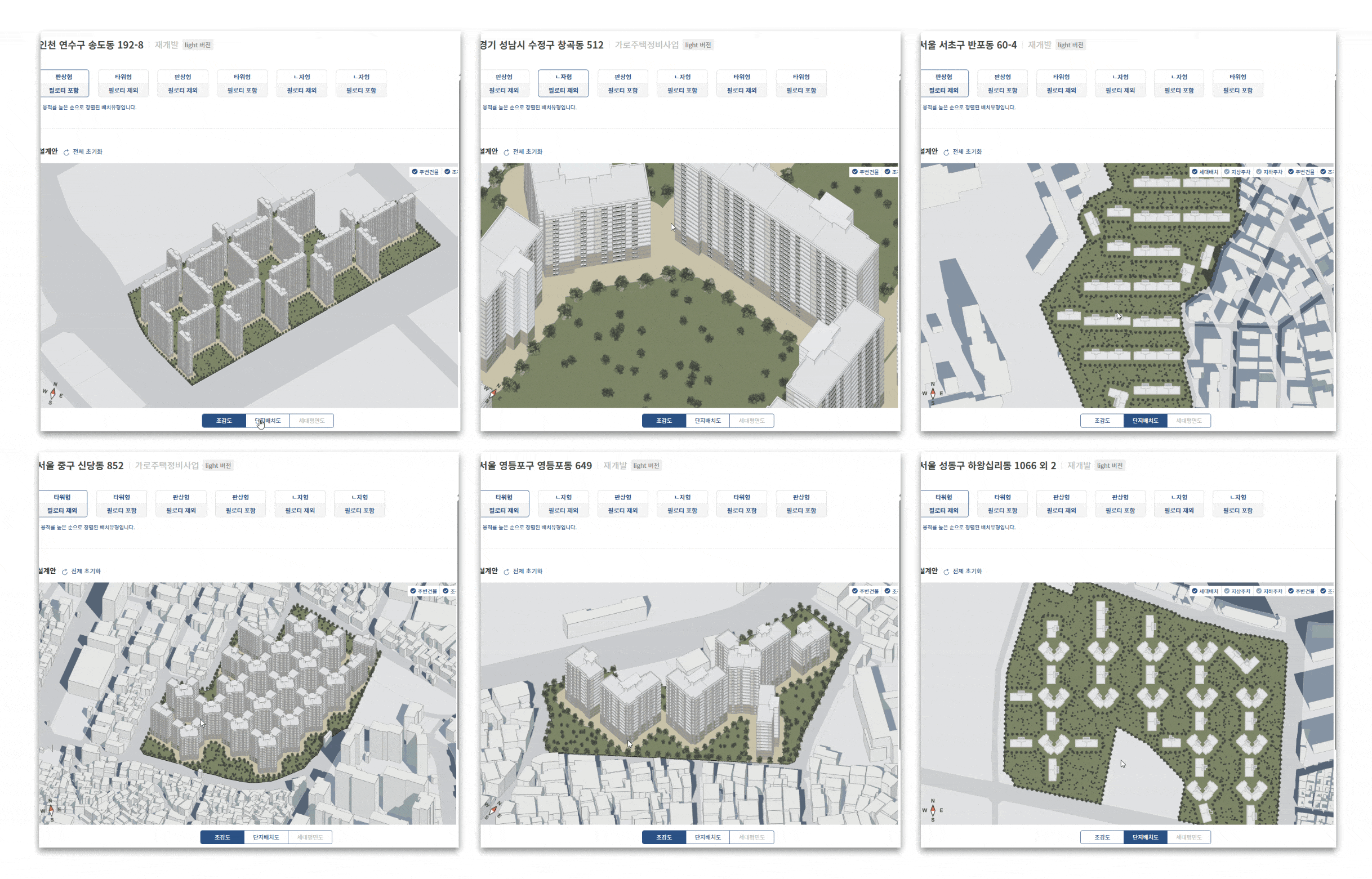
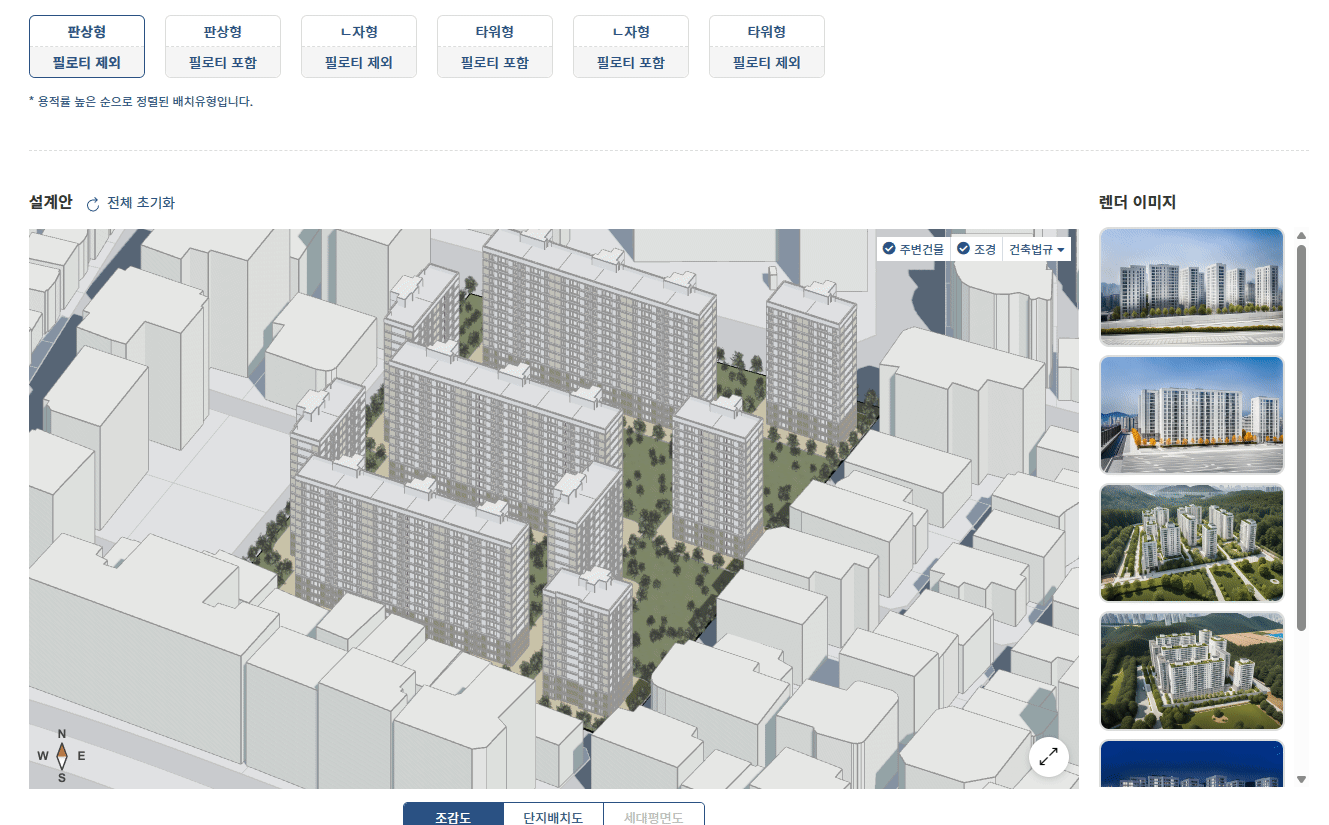
The total number of combinations is calculated as
(Number of Axis Options) × (Number of Grid Options) × (Number of Floor Options) × (Row Shift × Column Shift Options) × (Rotation Options) × (Additional Block Options).
For instance, a rough combination could be 4 × 100 × 31 × (10×10) × 37 × (varies by active blocks). In practice, each stage performs its own optimization process rather than brute-forcing all possible combinations.
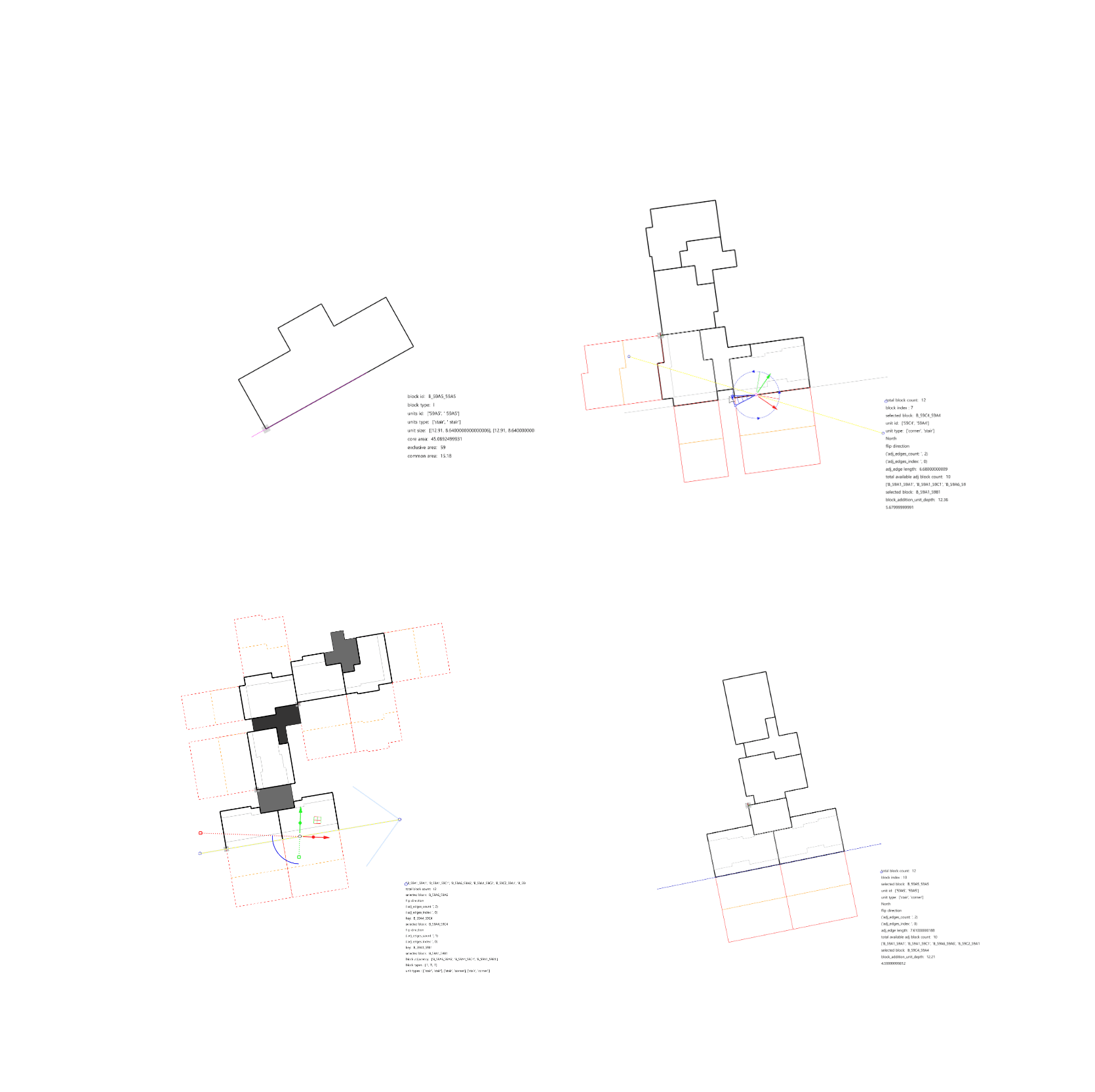
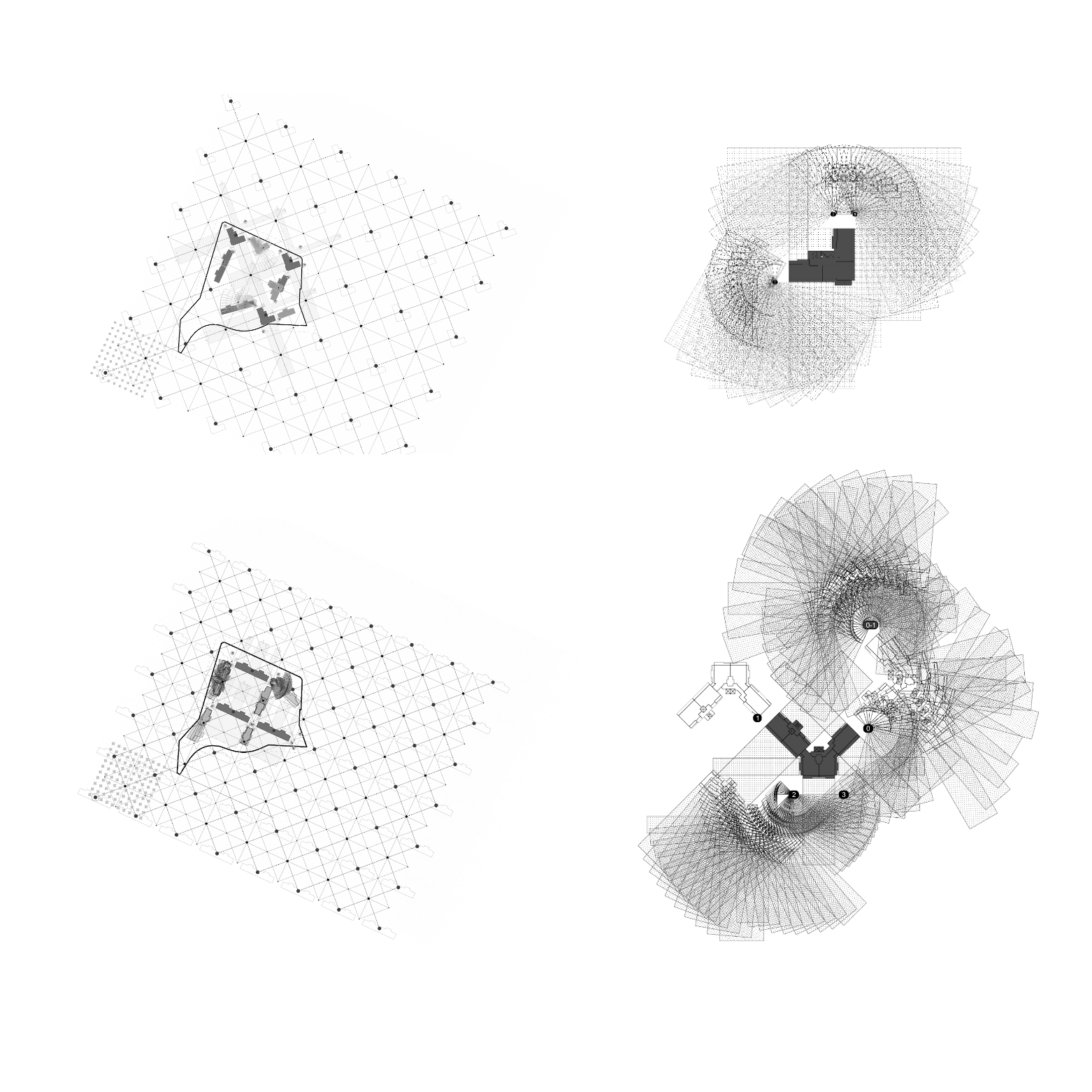
Future Prospects
Design inherently entails an infinite variety of solutions, making it impossible to reach a perfect optimum when bound by real-world constraints. Even optimization algorithms struggle to guarantee satisfaction when faced with vast search spaces or strict regulations. Large Language Models (LLMs) offer a way to mitigate these problems by generating new ideas and picking best-fit solutions from a range of options. In fields like architecture, where complicated rules are intertwined, LLMs can be especially powerful.

LLMs for Design Evaluation and Decision
LLMs can take pre-generated design proposals and evaluate them across various criteria—legal requirements, user demands, visual balance, circulation efficiency, and more. This kind of automated review process is particularly useful when there are numerous candidates. Without AI, an architect must manually inspect each option, but with an LLM’s guidance, it becomes easier to quickly identify viable designs.
Moreover, LLMs are prompt-based, so you only need to phrase your requirements in natural language—for instance, “Please check if there’s adequate distance between our building and adjacent properties.” The LLM then analyzes the condition and summarizes the results. Simultaneously, it considers spatial concepts along with functional requirements, measuring how the proposed design meets the architect’s goals and suggesting improvements.
Ultimately, the LLM allows designers to focus on more profound aspects of design. Architects can rapidly verify whether a concept is feasible, whether regulations and practical constraints are satisfied, and whether the design is aesthetically sound. By taking care of details that might otherwise go unnoticed, AI encourages broader design exploration. We can expect such partnerships between human experts and LLMs—where the AI evaluates and narrows down countless possibilities—to become increasingly common.